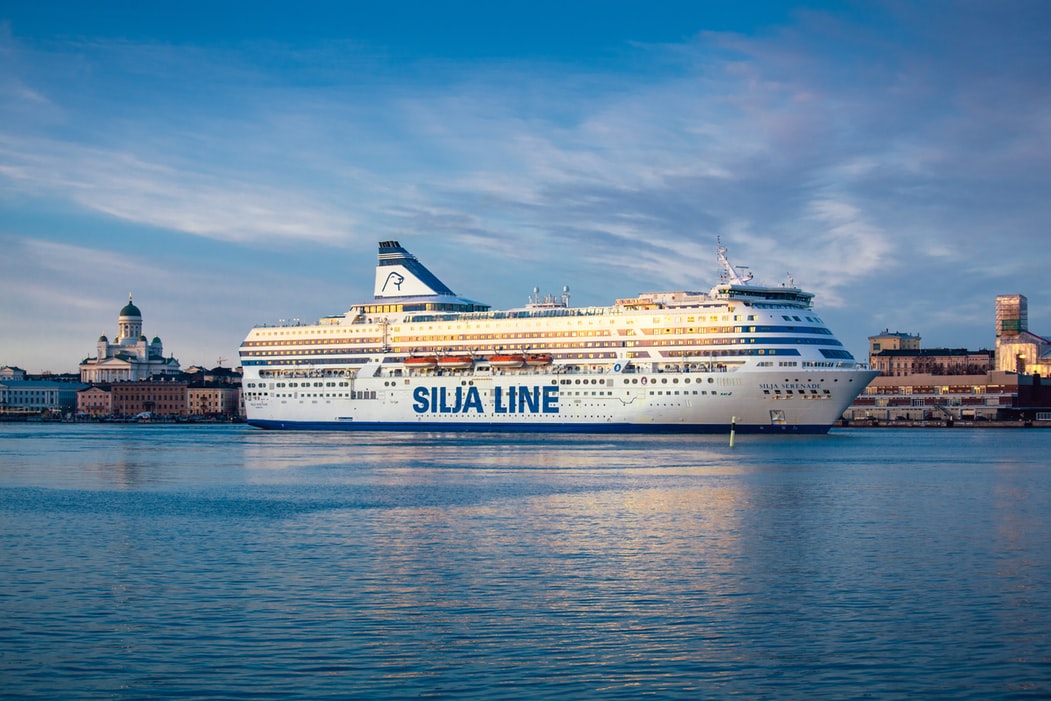
The history of cruise ships is varied as it is difficult to pinpoint an exact time in history that saw ships become exclusively used for cruises, given that many ships served multiple purposes throughout history. Throughout maritime history, any ship that had allowed passengers could have been classified as a cruise ship, provided that the passenger’s aim was not to travel to a specific destination but rather simply to be onboard the ship as it travelled.
The first company that was incorporated with the specific goal of creating cruise voyages was the Peninsular & Oriental Steam Navigation Company, which was founded in 1822. The company first began as a shipping line that serviced routes between England and the Iberian Peninsula, eventually winning contracts for expanding their business, including winning a contact to deliver mail in 1837. The company introduced their first passenger cruising services in 1844 and advertised sea tours to customers that included destinations around Europe, such as Gibraltar, Malta, and Athens, with all cruises departing from Southampton. Although they did not operate under the same specifications as modern cruises, the voyages were unique at that time and it was not until many years later that the company found themselves with any real competition. The company have continued to expand their list of destinations through to today and have been highly successful at expanding the maritime industry as a whole, contributing to the development of shipyards and ensuring long-lasting careers in the maritime industry.
the same specifications as modern cruises, the voyages were unique at that time and it was not until many years later that the company found themselves with any real competition. The company have continued to expand their list of destinations through to today and have been highly successful at expanding the maritime industry as a whole, contributing to the development of shipyards and ensuring long-lasting careers in the maritime industry.
The development of commercial airlines changed the fate of cruises as it was far more efficient, and in many cases cheaper, to travel by air than over the sea. This caused the cruise industry to have to change their tactics and offer cruises for the sake of cruises, with the goal of a holiday to spend time on a ship, rather than simply travel to a specific destination. This also changed the design of ships used for cruises as they suddenly found they had to incorporate large entertainment spaces, as well as kitchens that were able to offer higher quality meals. Today it is not uncommon for large cruise ships to have multiple swimming pools, with some of the larger ships even having their own waterparks on board the ship, alongside numerous other facilities.
